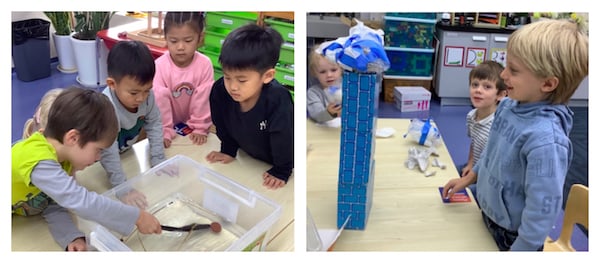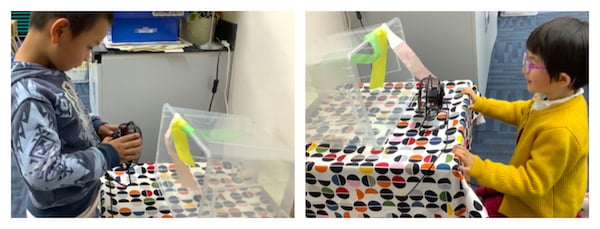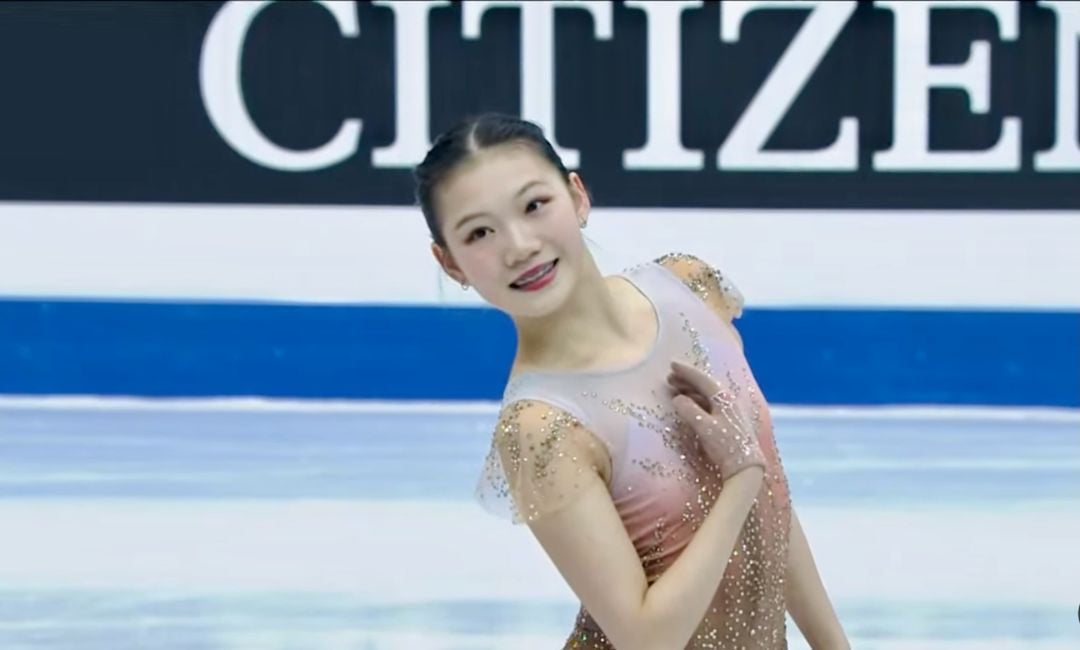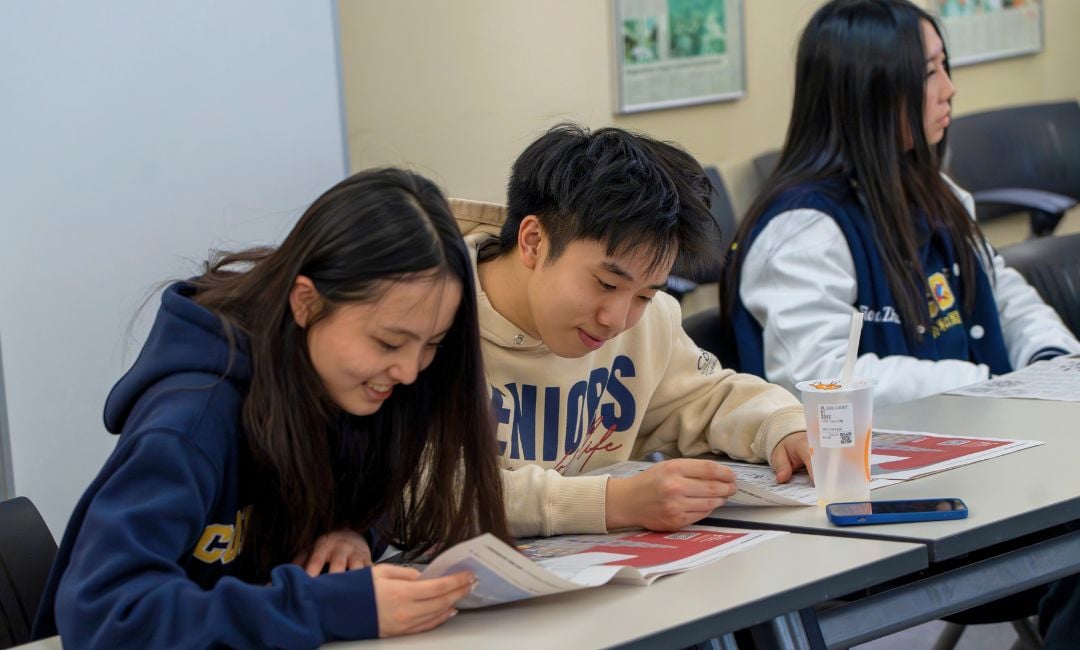STEM is an educational approach that integrates the areas of science, technology, engineering, and mathematics. Children learn to explore, observe, ask questions, predict, and integrate their learning through STEM.
In the 21st century, STEM has become a crucial part of preparing our students to be globally competitive learners. Pre-Kindergarteners in the Bunny class are able to practice STEM skills at an early age, creating a strong and important foundation for ongoing learning. Encouraging young children can be done through play, which promotes exploration and active learning.
Pre-K Scientists
We started the school year by being scientists— asking questions, observing, and predicting! The Bunnies predicted whether the materials we found in the playground and in our classroom would sink or float. We also gave ‘Humpty Dumpty’ some extra protection and made predictions on whether he will crack when he fell from a wall.

The children’s interest in hurricanes, tornadoes, and typhoons led us to conduct a wind experiment. Choosing a STEM topic based on a child’s interest is important, as it fosters their natural curiosity.
The wind experiment involved attaching three paper strips to a plastic box with tape. This experiment includes various objects that serve as variables. These objects (e.g. clothespin, feather, paper clip) differ in weight and are attached to the bottom of each paper strip. The children use a table fan directed at the paper strips and have the ability to move the fan around by pushing it nearer or dragging it further.

They are prompted to predict which items on the paper strips will be pushed more, or less, easily by the wind. They learn through playing with the different variables by predicting, observing, and adjusting. Through this experiment, children are able to use their senses by incorporating STEM, all while having fun!
Encourage children to ask questions
The method and process of STEM is something that children practice every day. As parents, we can continue to encourage STEM by asking questions like “why,” “how,” and “what” to push students to think critically. STEM can also be practiced by developing a child’s creativity and incorporating their own interests. Children should be encouraged to discover, learn, and continue to ask questions.




